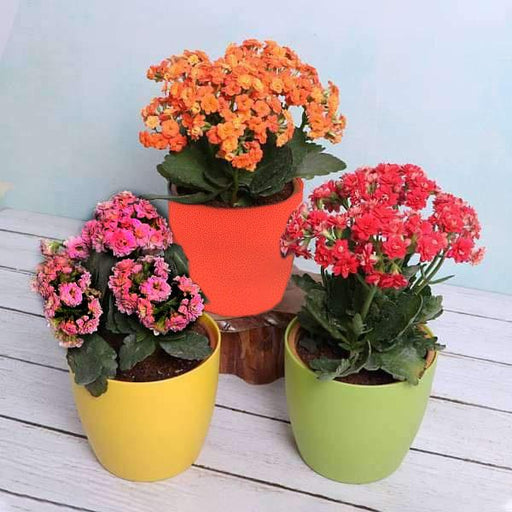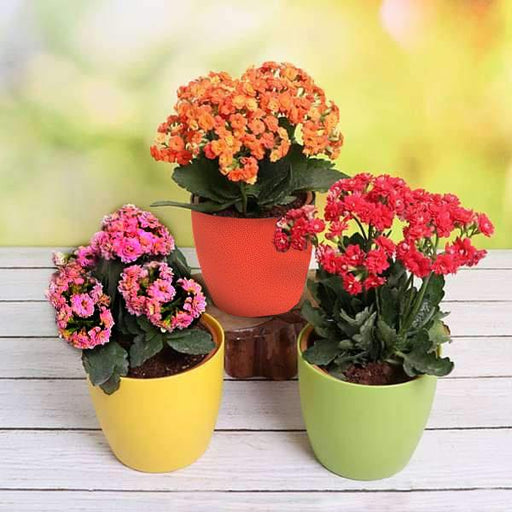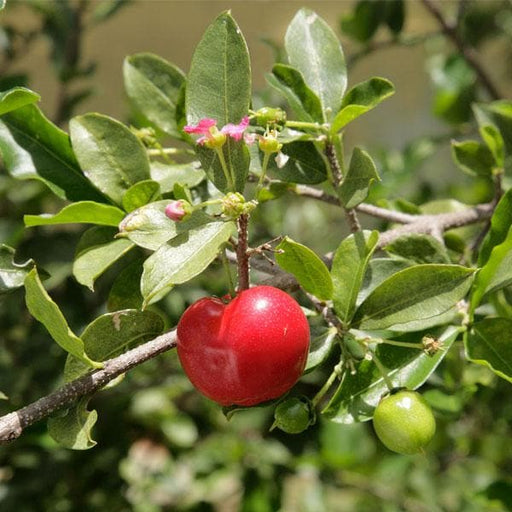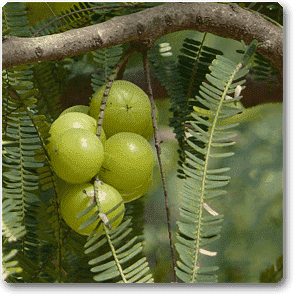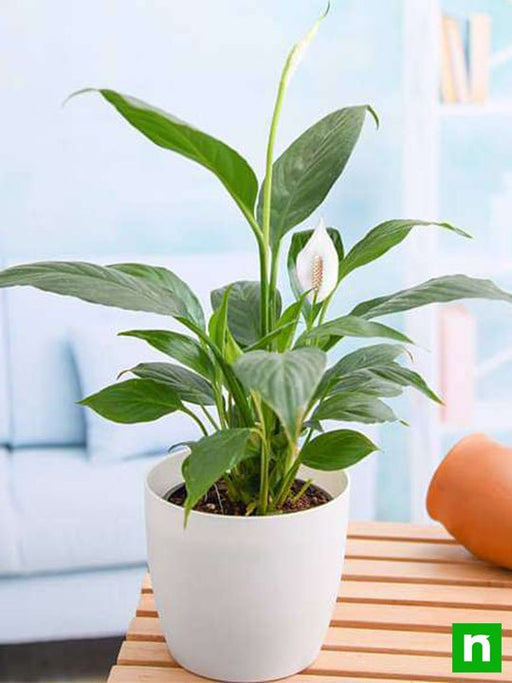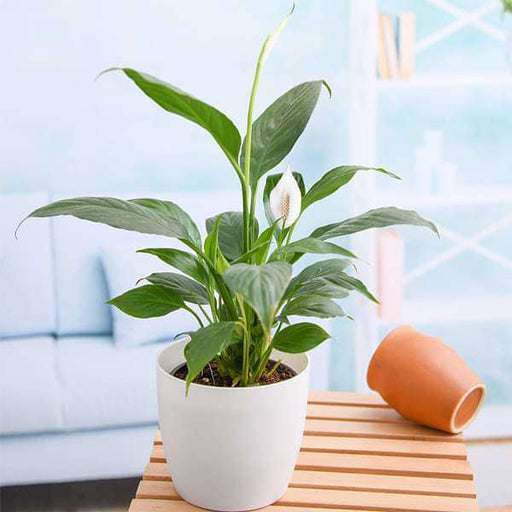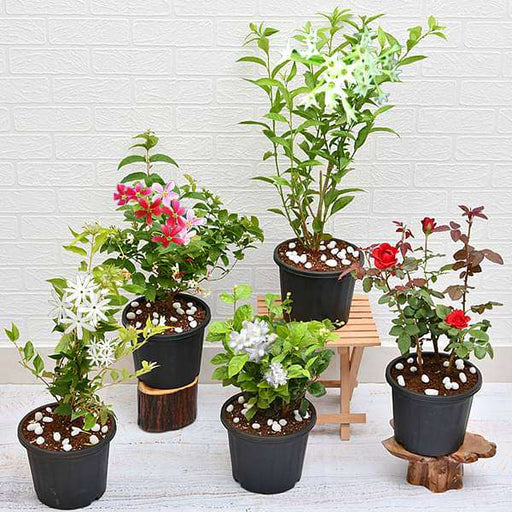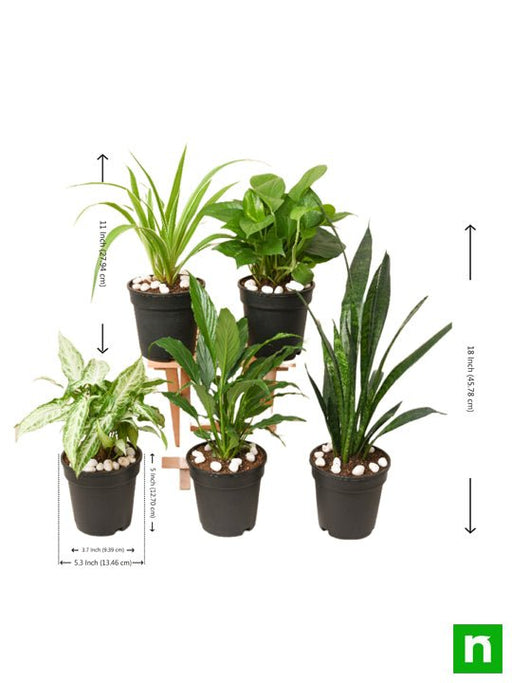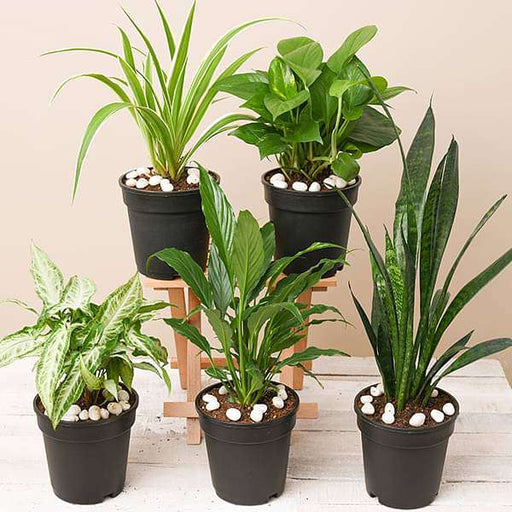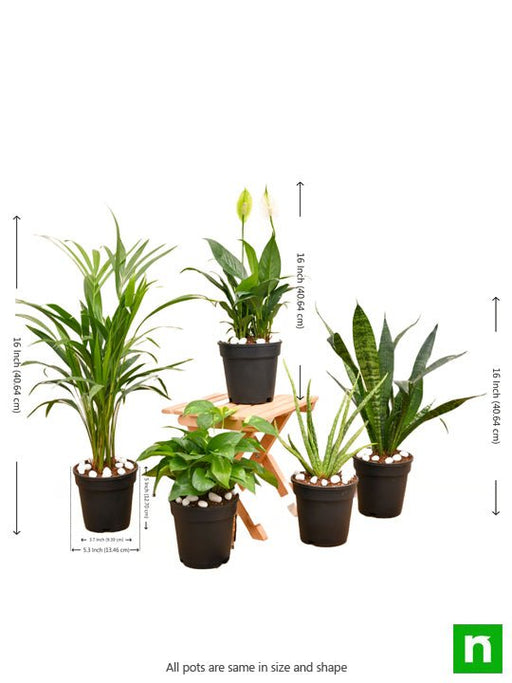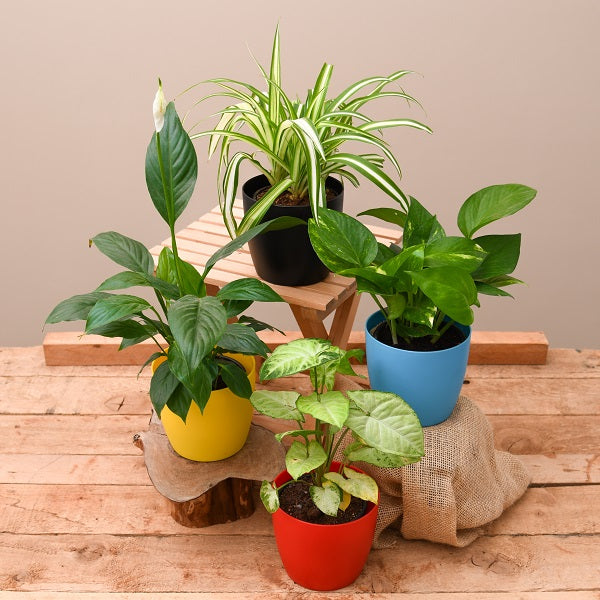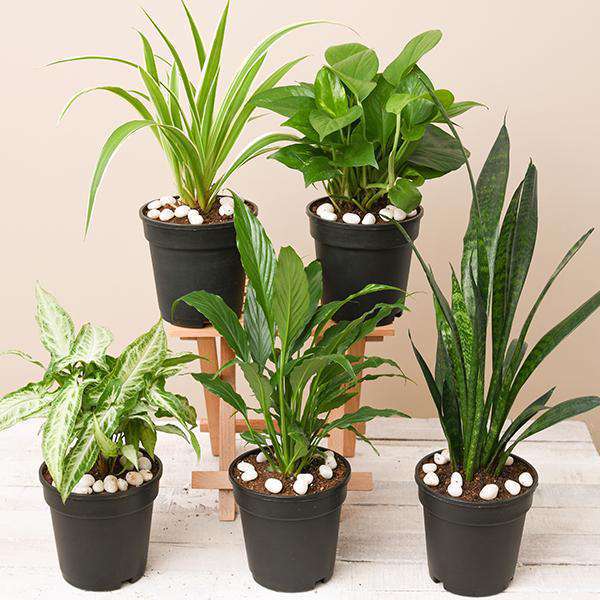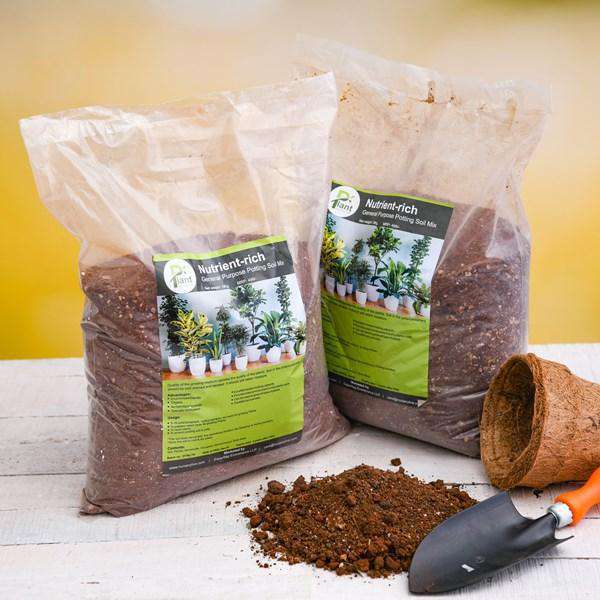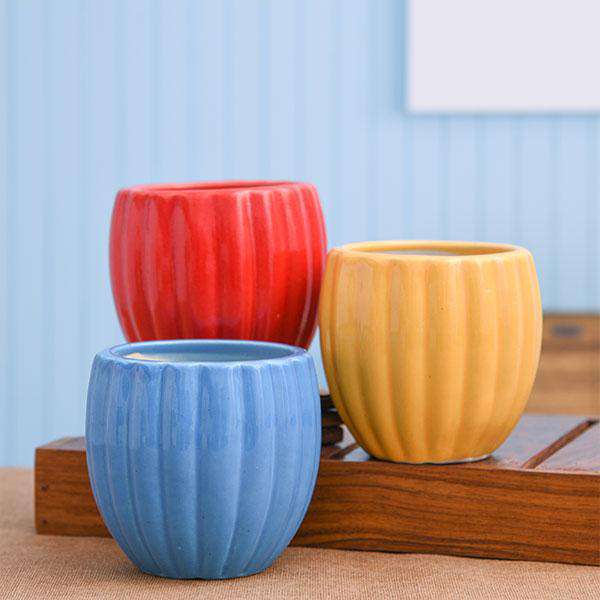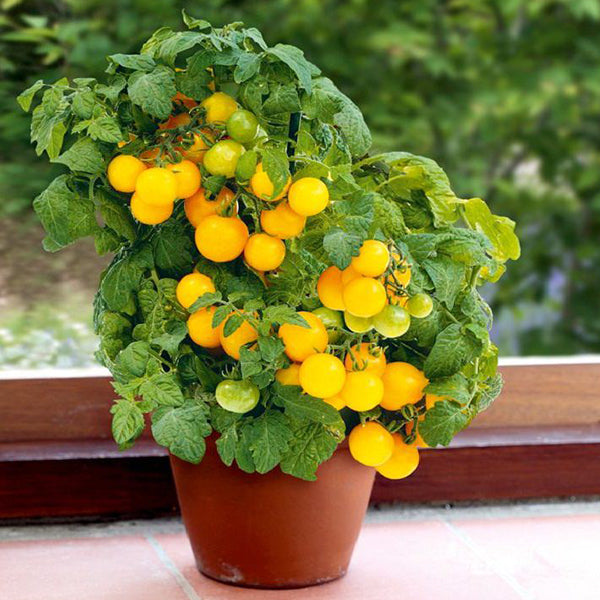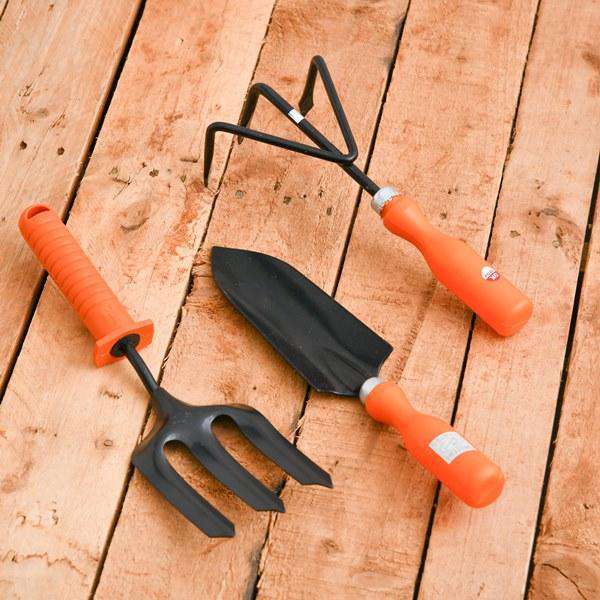It is an ornamental plant in the genus Senna. It is used in herbalism.Senna leaves have been extensively used by Ayurveda and other traditional system of medicine as a laxative.
It is commonly known as Narrow Leaf Cassia Senna, herbaceous shrubs, about 1m high. Stipules ovate-lanceolate, 2-4 mm in length even-pinnate, alternate; with short stems; leaflets 5-8 pairs, leaf blade ovate-lanceolate to linear-lanceolate, 2-4-4 cm wide 0.7-1.2 cm, apex acute, base slightly asymmetric, glabrous or glabrous.
Racemes axillary or terminal; flowers 6-14, pedicel base with an ovoid easily falling bracts; sepals 5, long ovate, slightly unequal; petals 5, yellow, obovate, below two larger; Stamens 10, upper 3 small, sterile, central 4 equidistant, the lowermost 3 curved downward, longer on both sides, Anther slightly tetragonal, base arrow-shaped, 4 rooms; pistil curved like sickle, child Room handle, was sparse hair. Pods rectangular, flat, 4-6cm long, 1-1.7cm wide, apex slightly pointed, not significant, hairy when young; seed 4-7, the seed coat brownish green, with fine thread-shaped stalk, with warts Wrinkles Flowering from September to December, fruiting in March of the following year.
*above specification are indicative only. actual dimensions may vary by +-10%


